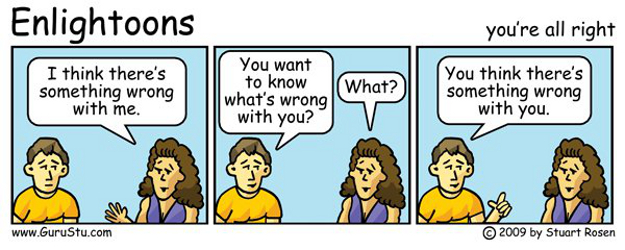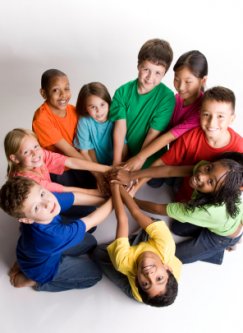
Whether parenting or working with a large group of students, it is important we look at our own behaviour and the impact it has on our children’s actions. Although we may have the best of intentions, we inadvertently influence our children’s poor behaviour or negative choices. When dealing with a child who is misbehaving, it is easy to blame their environment, parents, friends or even nature. But by doing so, we are relinquishing all responsibility thus disabling us from making a difference. By owning the behaviour we are looking in a mirror and asking “What can I do to change the behaviour?”. Let’s look at 3 simple rules I like to remember when
working with children.
The first rule is “Set children up to succeed”. Imagine asking a child not to jump while standing on a trampoline or sit a group of children at a table for long period of time and ask them not to talk. Although children do have to learn to follow rules and “respect their elders”, they do have limits. Evaluating the likelihood of success before acting will create a more positive environment and prevent negative behaviour. By helping children to succeed, they learn success is possible and experience the intrinsic benefits which will leave them wanting more.
The second rule is “Be positive”. It may sound simple and perhaps obvious, but all too often we focus too much on negative behaviour rather than positive behaviour. Speaking negatively toward a child or
labeling a child will encourage the behaviour. Similarly, focusing on positive behaviour will encourage the behaviour to continue.
The third and final rule is “Connect with the child”. A relationship built on control will likely not give you
the results you seek. Nobody likes to be forced to do something. Have you ever tried to strap a child into a
car seat against their will? Connect with a child, build trust and respect and they will be willing to learn. By owning the behaviour we have the power to change the behaviour. Although it’s not easy, it’s amazing what we are capable of achieving. What are your rules?
Dynamix: Team-building for Kids and Teens, since 2002.
Picture taken from Google Images, source: http://www.a-spiritual-journey-of-healing.com/images/whats_wrong_with_me_stuart_rosen.jpg



